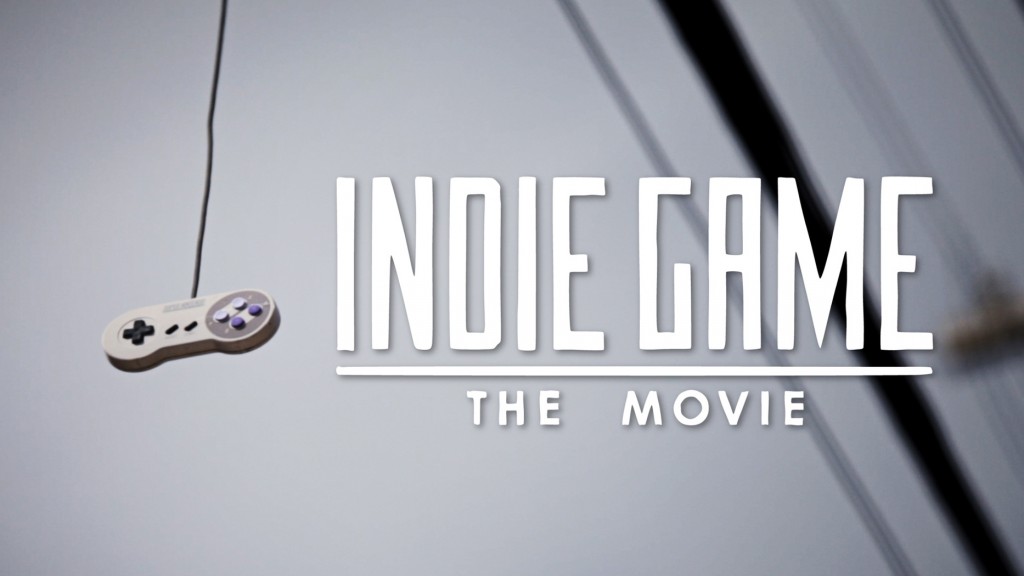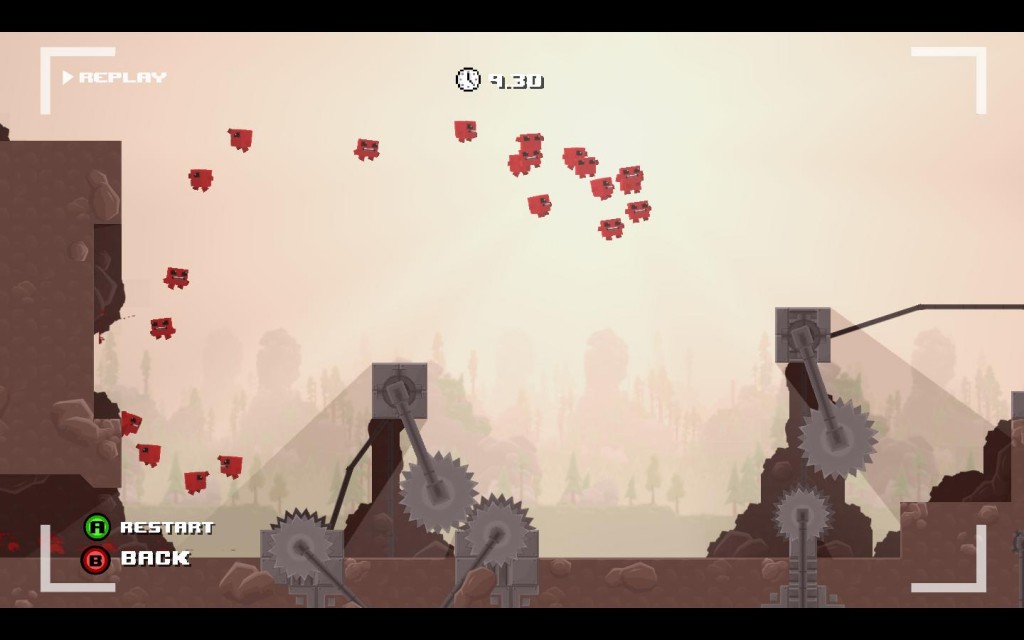Independent Video Games

While gaming generations are often looked upon with favorable nostalgia, this generation in particular will be forever blemished by the considerable number of game companies that have bit the dust. THQ is one of them, which is ironic considering the fact one of its games is featured on this list for providing Rockstar’s GTA legitimate competition. Development for HD gaming is expensive, which is one of the reasons why Nintendo turned large profits while other companies sustained deficits.
Because of this, many companies choose not to take risks. For example, Capcom’s most prolific mascot, Mega Man, did not see a single unique HD game! Fans will have to wait for his appearance in Nintendo’s upcoming Smash Bros. game, or settle for Mega Man 9 or 10, which were appreciated, but somewhat bastardized. As it would seem, big companies are no longer interested in taking risks, although with if 3.4m units sold is a mark of failure for Tomb Raider, I think these companies should revisit their expectations.
At any rate, this section is dedicated to Indie games that did indeed venture to take risks in order to offer us something different while also making a profound impact on the industry.
Braid

I have to admit that my inclusion of Braid is somewhat perfunctory. Compared to the other Indie games that I love this generation (see end of article) Braid is underwhelming. It unapologetically borrows many of its features from platform and puzzle games that precede it with its most egregious appropriation being the time reversal mechanic from Prince of Persia (2002?). Of course, I am not saying that the game has no redeeming qualities, else it would not be included on this list. First and foremost, Braid accomplished something that has not been seen since almost the beginning of video game history: Jonathan Blow had a vision, and executed that vision. He did not get an idea and sell it off to a bigger company; he did it himself. And we’re not talking about a modification or already established gaming code, or a game that uses flash multimedia. This game was built from the ground-up with high production value, charm, and an interesting narrative—well, in hindsight at least; it didn’t make sense to me when I played through the first time and I had to read a plot summary upon finishing. I didn’t feel so bad about “not getting it” because the game’s creator is infamous for trolling the internet (see the movie!!!), telling said interpreters of Braid that they still “don’t get it.” Dat intentional fallacy!
Above all things, Braid’s place on this list aside from the creator’s active intervention on the internet, is its critical reception and widespread appeal. Because of its success, other Indie developers would begin to emerge. I started this piece discussing shooters, and it would be an understatement to say that this generation was saturated by them in ways that would undermine the “doom clone” days of the 90’s. So, it was refreshing to experience the warm tenderness emitting from Braid, right down to Tim’s love quest to the dinosaur. And of course, if you know your gaming history, it helps when the most common method of dispatching two-dimensional semi-circular enemies which only move horizontally is to jump on their heads.
World of Goo

Bit.Trip. (Saga/Complete)
How can a screenshot possibly do this game justice?
It can’t.
I would rather not post a video, but of all the games on this list, this would be the one that is worth posting a video, because a still picture, or even six to represent every game in this package, still would not adequately portray all that is contained within the individual Bit.Trip game. But let me try to describe it anyway in case a thirty-minute video is too daunting. Gaijin Games took a reductionist approach, inspired by the 8-bit era, the game features near-basic geometry combined with sundry colors splashing about the screen in varied but synchronized patterns to the background music that crescendos based upon the player’s skill. From Pong, to Pitfall to shumps to game conventions I don’t even recognize, the Bit.Trip series offers plenty of entertaining variety and Nintendo Hard difficulty–or at least the game is difficult for those with short memories and poor reflexes.
I should add that this game demonstrated to companies like Capcom (Mega Man 9, Mega Man 10) and other Indie developers (Suspicious Developments, Gunpoint; Lucas Pope, Papers, Please) that it was possible to be a commercial success publishing games utilizing retro aesthetics in the era of high definition graphics. Even Super Meat Boy includes CaptainVideo as a selectable character.
Super Meat Boy

Super Mario Bros. Battletoads. Ninja Gaiden. The original Mega Man (the one where bosses would take extra damage from the appropriate weapon but did not perform a damage animation). These games were well designed, yet unforgiving in their difficulty. Sometimes rewardingly so, other times brutally so. These games are so hard, they have their own memes. As time and gaming generations would pass onward, and on-cart save files would become more prevalent and memory cards became the norm before HDDs, games would also become easier. They didn’t become easier just because gamers played more, but something happened between games becoming more popular and intentional design choices which made games both easier and more accessible.
Super Meat Boy is certainly accessible, but it isn’t easy, for it explicitly sets out to be a challenging game. Every element of this game is a throwback to platform games before it, such as beginning tutorial stages which demonstrate how fast Meat Boy can move, how far he can jump, and the fact that he can bounce off of walls…Ninja Gaiden style. When I encountered the level with the garbled graphics, text, and 8-bit music, I had no choice but to laugh at the nod to the NES days when games would just…mess up (crash) in the middle of play, or upon powering on the system. And that’s the kind of allure included in just the first hour of playing this game.
Bonus!
I’m not going to dedicate entire write-ups for these games because I would not consider them games that made large ripples in the sea of games this gen , but you should definitely check them out because they are outstanding, and if I were only limited to playing these kinds of games for the rest of my life, I would be content to never touch a PS4, Xbone, Wii U, or SteamBox.
Limbo – You’ll not find a game that makes better use of a black and white color palette. And with gameplay inspired by Oddworld, you have no choice but to be entertained.
Mark of the Ninja– Like stealth? Like action? Like lore? Like technique? Like Ninja? Like this game, you will.
Bastion-Inspired by virtually every 16-bit platform game ever, the fact that practically everything that you do triggers a line from the narrator, Ruckus. That’s some serious attention to detail!
What games were your favorite from the past gaming generation? Chime in with your feedback on our Facebook page.